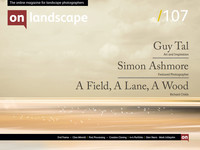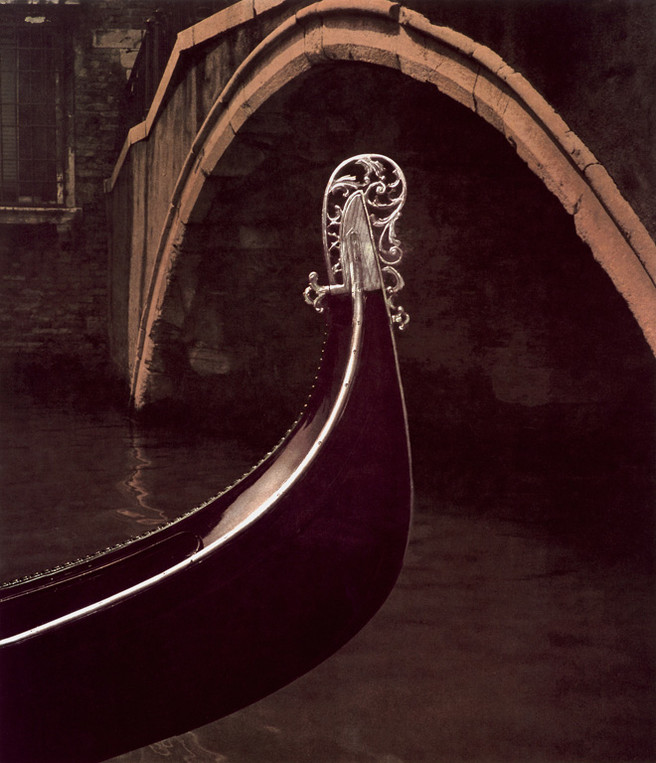Clive Minnitt talks about one of his favourite images
It was almost midnight on January 29th, 1996. It was one of those sleepless nights. I switched the radio on to be greeted by the opening bars of music heralding the BBC News. No doubt there would be tales of more gloom and doom around the world. Hardly soporific!
My ears pricked up when the newscaster announced:- "...and we're going over to Venice to talk to Charlie Waite, a British Photographer. Charlie is witnessing the world-famous Fenice Opera House as it burns."
This brought back memories of the first time I saw Charlie's work.
I'd had an operation in 1982 following a sports injury which meant I had to take two months off work. This was no hardship as I was extremely unhappy in my job. I decided to take this opportunity to walk the length of the Cornish coast path to raise funds for hospital equipment.
During my search for a guide book I discovered 'The National Trust Book of Long Walks' an inspiring book written by Adam Nicholson, the photographic illustrations by Charlie Waite. As the book was quite heavy I photocopied the relevant pages and set off on what became a wonderful adventure. It totally changed my perception of landscape photography. I was mesmerised by the exquisite images, and how Charlie made a mundane scene look so captivating. It made me realise there is potential beauty in everything around us. I revisit this book frequently - it's a treasure.
During the next 12 months my photographic activity became more and more intense. In my spare time I was working towards my goal of becoming a full-time photographer. What a stroke of luck when I spotted an advertisement in a trade magazine for 'Light & Land Photographic Holidays and Workshops'! A few days in Venice under the guidance of Charlie Waite was impossible for me to ignore. The timing was perfect, just 3 weeks after I had left my full-time job. I feared I would be way out of my depth on arrival in Venice (pun intended) and somewhat overawed but was soon put at ease. I was in my element exploring what has to be one the world's most photogenic cities.
The composition is based on two opposing curves, complemented by the decorative arc at the top of the gondola's prow. A 'less is more' approach is also what makes the image so effective; it's uncluttered, simple and yet compelling. Deciding what to include or leave out of the composition is so crucial to image-making. When there are so few elements it is vital that they are harmonious with one another.
My eyes cannot help but follow the sweep of the top line of the gondola from the bottom left corner up and around the prow then back along the gondola base to the corner again. The position of the top of the prow in relation to the bridge is entirely intentional. From my own experience I know that gondolas are almost always moving, even when moored. The canals are tidal and there are usually ripples created by nearby water traffic of one sort or another. Pressing the shutter necessitated precision timing so that the relationship between gondola and bridge was maintained. Charlie must have had an exhilarating moment when his pre-conceived image was captured.
Then there's the light. And what light! The image has an overall softness and the existence of a few strong shadows, particularly on the underside of the top section of the arch, make me wonder where the light is coming from - a street lamp or natural daylight? Either way, the effect is sublime, especially the shimmying reflection in the water immediately below where the bridge enters the canal.
I never tire of looking at this image. When studying it in detail I put myself in Charlie's shoes and imagine I'm there. There would be a sense of frustration when the gondola and the bridge didn't line up as he wished. Finally, the triumphant moment when it all came together exactly as he imagined. A glass of red wine followed, perhaps... Thank you Charlie, you inspired me.


